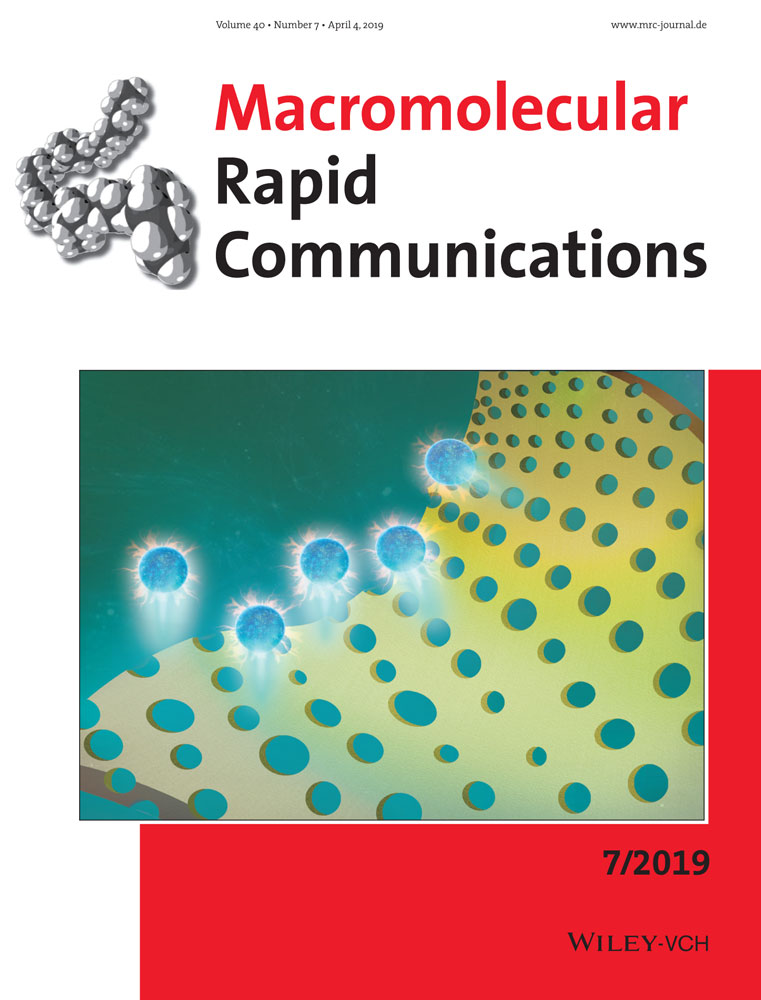Glycerol Induced Catalyst-Free Curing of Epoxy and Vitrimer Preparation
Abstract
Epoxy vitrimers prepared from anhydride-cured epoxies exhibit, repairable and reprocessable properties; however, they generally rely on a large amount of catalyst for accelerating the dynamic transesterification (DTER). If the catalyst loading is not enough, the vitrimer properties will be limited. In this work, a preparation method of catalyst-free epoxy vitrimer is demonstrated by adding glycerol to an epoxy–anhydride curing system. The hydroxyls of glycerol first react with the anhydride to induce the ring-opening of anhydride and form a carboxylic acid, and the latter attacks the epoxy and form a β-hydroxyester linkage, so the curing can be performed in the absence of catalyst. A significant amount of hydroxy groups are preserved in the crosslinked network, and they serve as both reacting moiety and catalyst for the DTER, which imparts fast relaxation and satisfactory repairability to the materials. By taking advantage of this mechanism, a catalyst-free and self-healing coating is demonstrated. These findings provide a solution to avoid using catalyst in vitrimer preparation and advance the application of vitrimer in coating. However, the addition of glycerol produces a decrease of the T g of the final materials, which needs to be further addressed in the future study.
Conflict of Interest
The authors declare no conflict of interest.




